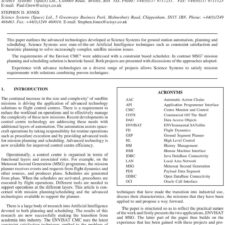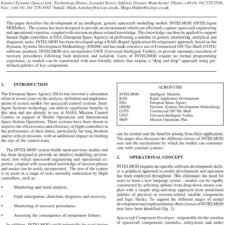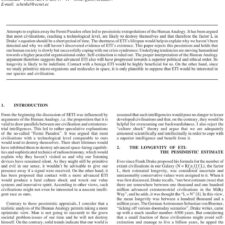Application Of Shape Memory Alloys For The In-Orbit Deployment of CubeSat Solar Panels
£5.00
C. Wright. (2021), JBIS, 74, pp.113-120
Refcode: 2021.74.113
Abstract:
This study presents the design of a deployment mechanism for a 3U CubeSat solar panel. The mechanism is thermally actuated and utilises the shape memory effect inherent in nickel-titanium shape memory alloys. The shape memory effect enables highly reliable yet simple actuation due to the repeatable testing typically not possible in traditional release mechanisms such as the nichrome burn wire which induces a single-point failure in the spacecraft, compromising the mission. The mechanical and thermal properties of Nitinol suit the space environment as well as the spacecraft design goals due to its lightweight mass, high strength and vast thermal capabilities. The mechanism is intended for low-cost missions and Commercial-Off-The-Shelf solar panels. The design is based on a two-part deployment mechanism that can be tested and reset back to its initial state multiple times before launch. This helps reduce in-orbit failures that are common to high-risk CubeSat missions since deployment can be tested before launch in a simulated thermal vacuum environment using the exact components that will be operated during the mission, unlike when ordinary burn wire is used. Other advantages also include a low amount of electrical power consumption for actuation, as well as a negligible shock from deploying a single 3U panel load (typically 150-195 grams) across a period of several seconds, unlike common deployment mechanisms that use spring-loaded devices which accelerate the panels at higher angular velocities resulting in much larger inertial loads.





